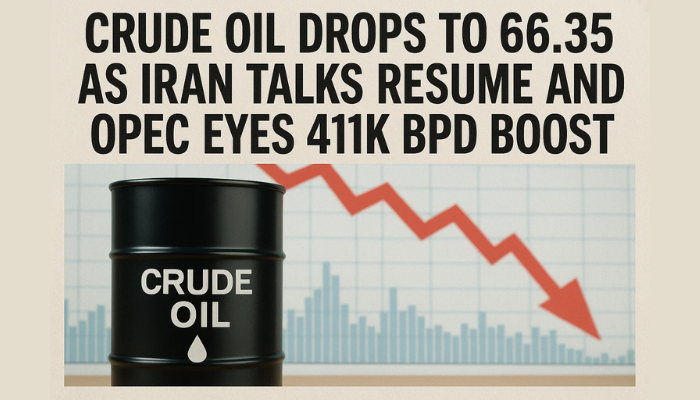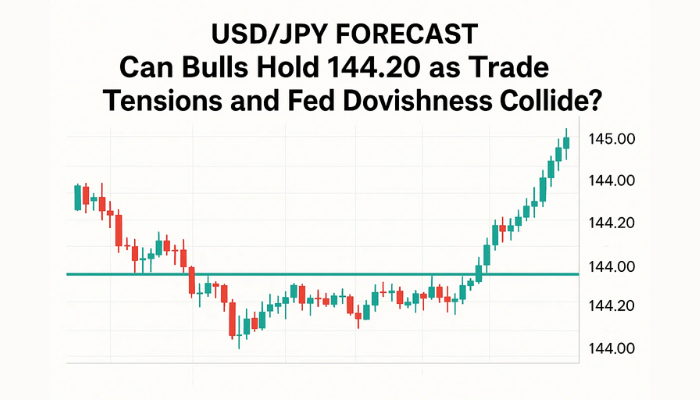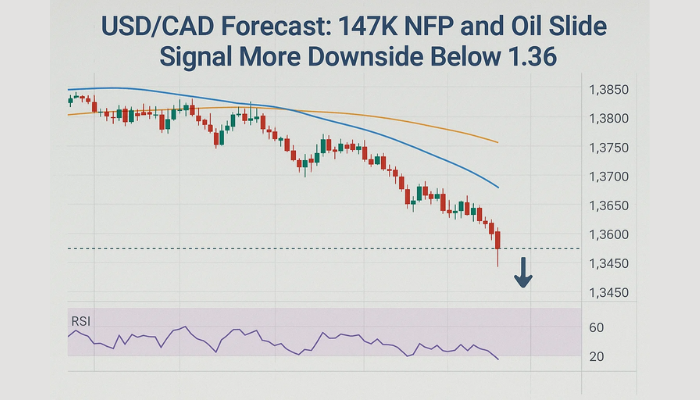WTI Crude Oil Halts its Bullish Bias – Increased Fuel Demand Provides Support!
Today in the Asian trading session, the WTI crude oil failed to extend its previous day winning streak and drew some offers near below the $
Today, during the Asian trading session, WTI Crude Oil failed to extend its winning streak of the previous day, drawing some offers near the $ 53.00 level, as the rising numbers of COVID-19 cases globally contributed to rising fuel demand worries. Furthermore, the bearish sentiment around the crude oil prices got an additional lift after Europe introduced tighter and longer lockdown measures in some countries, in an effort to control the B177 strain of the coronavirus, which was first seen in south-east England in September 2020.
Across the pond, the benchmark Treasury yields refreshed multi-month highs, as investors awaited US President-elect Joe Biden’s plans for further stimulus measures, which in turn pushed the US dollar higher and contributed to the losses in oil, as the dollar usually moves inversely to oil. In contrast to this, the latest drawdown in US crude stocks for a 5th straight week, has become a key factor that is helping to limit deeper losses in the crude oil prices. Meanwhile, President-elect Joe Biden’s promise to announce trillions of dollars in new COVID-19 relief measures has eased worries over the global economic recession, which could lend some support to oil.
In addition to this, Saudi Arabia’s promise regarding production cuts has played a major role in supporting oil prices. At the moment, crude oil is trading at $ 52.84, and consolidating in the range between 52.72 and 52.95. On the data front, the US crude oil supply data from the US Energy Information Administration (EIA) showed a draw of 3.247 million barrels for the week ending Jan. 8. The draw is bigger than the predicted 2.266-million-barrel draw, but smaller than the 8.010-million-barrel draw of the previous week. In addition to this, Tuesday’s data from the American Petroleum Institute showed a draw of 5.821 million barrels.
On the USD front, the broad-based US dollar managed to extend its gains of the previous session, remaining bullish during the Asian session on the day, as traders await US President-elect Joe Biden’s plans for further stimulus measures. The possibility of more stimulus measures weighed in on US government bonds and pushed the benchmark Treasury yield to 1% for the first time since March 2020, leading the greenback to gains in two of the past three trading days. The gains in the greenback were seen as one of the key factors that kept the oil prices under pressure, as a weaker USD tends to make it cheaper for holders of other currencies to purchase crude oil. Meanwhile, by 11:11 PM ET (4:11 AM GMT), the US Dollar Index, which tracks the greenback against a bucket of other currencies, had risen by 0.04%, to 90.373.
In contrast to this, Saudi Arabia’s commitment to voluntarily cut its oil output by 1 million barrels per day (BPD) in February and March, has lent some support to crude oil prices, limiting its losses. Besides this, more plans for stimulus measures, that are expected to be announced by US President-elect Joe Biden later in the day, are likely to help the oil prices.
Moving on, market traders will keep their eyes on the US weekly jobless claims and Fed chief Jerome Powell’s speech, which are due later in the NA session. Apart from this, Biden’s speech will be the key driver in the coming days. Across the ocean, the risk catalysts, like geopolitics and the virus woes, will be key to watch. Good luck!
- Check out our free forex signals
- Follow the top economic events on FX Leaders economic calendar
- Trade better, discover more Forex Trading Strategies
- Open a FREE Trading Account


